Hey all! We just put the footage from the livestream up on YouTube as a timelapse. Check it out!
Ride Art Livestream 2
Update 8
Last week was mostly spent on Kickstarter. We’ve been covered in a bunch of places and received a lot of support, so that our campaign is now at a fantastic 66% after a little over a week. Thanks everyone!
There’s a flood of mails, questions on this blog and great suggestions for us to work through - we haven’t quite replied to everyone yet, but we’ll do so one after another. By the way - there’s also a Parkitect subreddit! That should be a great place for discussing ideas and other things.
I got only back to doing some dev work over the last couple of days - got some less steep slopes for coasters working:
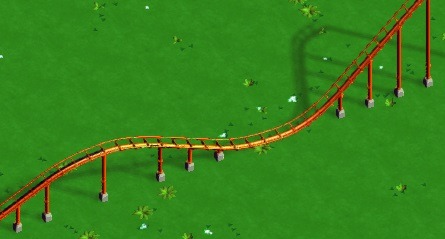
People now can actively look at things (other guests and coaster cars, currently):
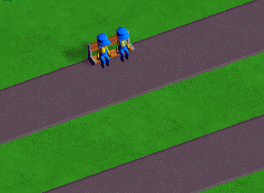
They do this while resting or on certain rides (like the ferris wheel). Things can be differently interesting to look at for people - for example, a guest carrying a couple of balloons and wearing a crazy hat will surely turn some heads. The interactive trailer has been updated with this and a couple of bugfixes.
The public beta for Unity 4.6 has been released last week, which we’ve really been looking forward to as it adds a completely new UI system. I can’t wait to start working with it as the current placeholder UI we’ve been using is very limited. I’ve only read some documentation and briefly tinkered around with it, but so far it’s looking like it’ll be awesome for this game. I managed to quickly whip up a basic window system as a test:
Nice.
Update 7
This week we’ve obviously been pretty busy with putting the finishing touch on our Kickstarter campaign (which is going great so far thanks to all of you!) and deciding to create an interactive trailer last minute (we’re now glad we did!). But actually, we also managed to get some development done! Yes, it was a crazy week.
First of all, Garret made some shutters for shops (you might have seen them in the interactive trailer already).
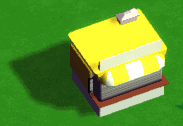
They’ll go down when the shop is closed or can’t sell its goods for some reason.
I’ve made a small dev tool for defining the length of coaster cars and their offset to the following car:
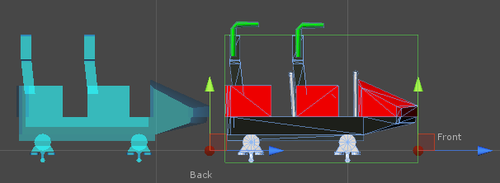
On the right is the actual car, on the left an in-editor preview for the offset.
You might be wondering about the weird colors of the car on the right - that’s because some of our models have parts with a user-defined color, and that’s how these are shown in the editor. To make picking nice preselected colors easier for us I also made a small tool that renders the models with customized colors in the editor:
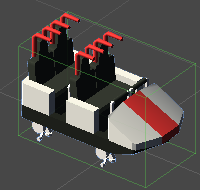
And, the big one - we got some work done on wooden coasters!
The tracks and supports for this coaster are the most difficult to get right, so we wanted to tackle them finally.
Here’s what we have so far:
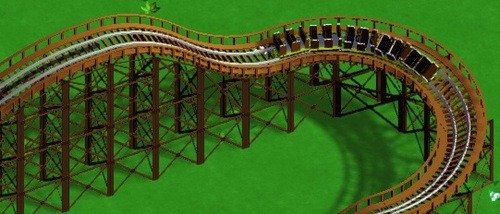
By the way, this is the very first piece of concept art that Garret did for this game, right on the first day of joining the project:
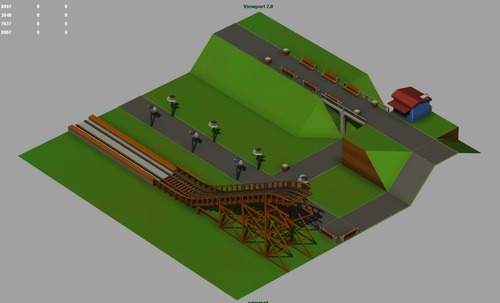
We’ll have to see if we can get the wooden supports to look more like that, but finally having all the elements from this mockup working in the game is super exciting for us!
Kickstarter
Hey everyone,
over the last 1-2 months we’ve been preparing a Kickstarter for Parkitect that went live right now!
Give it a look, there’s a trailer video showing our current progress, a bunch of screenshots and GIFs and info on what we’re planning to do. Also some weird mysterious thing called “interactive trailer”, apparently.
If all goes well this’ll allow us to continue working on the game full time, so it would be awesome if you considered backing us and/or sharing the project with your friends!